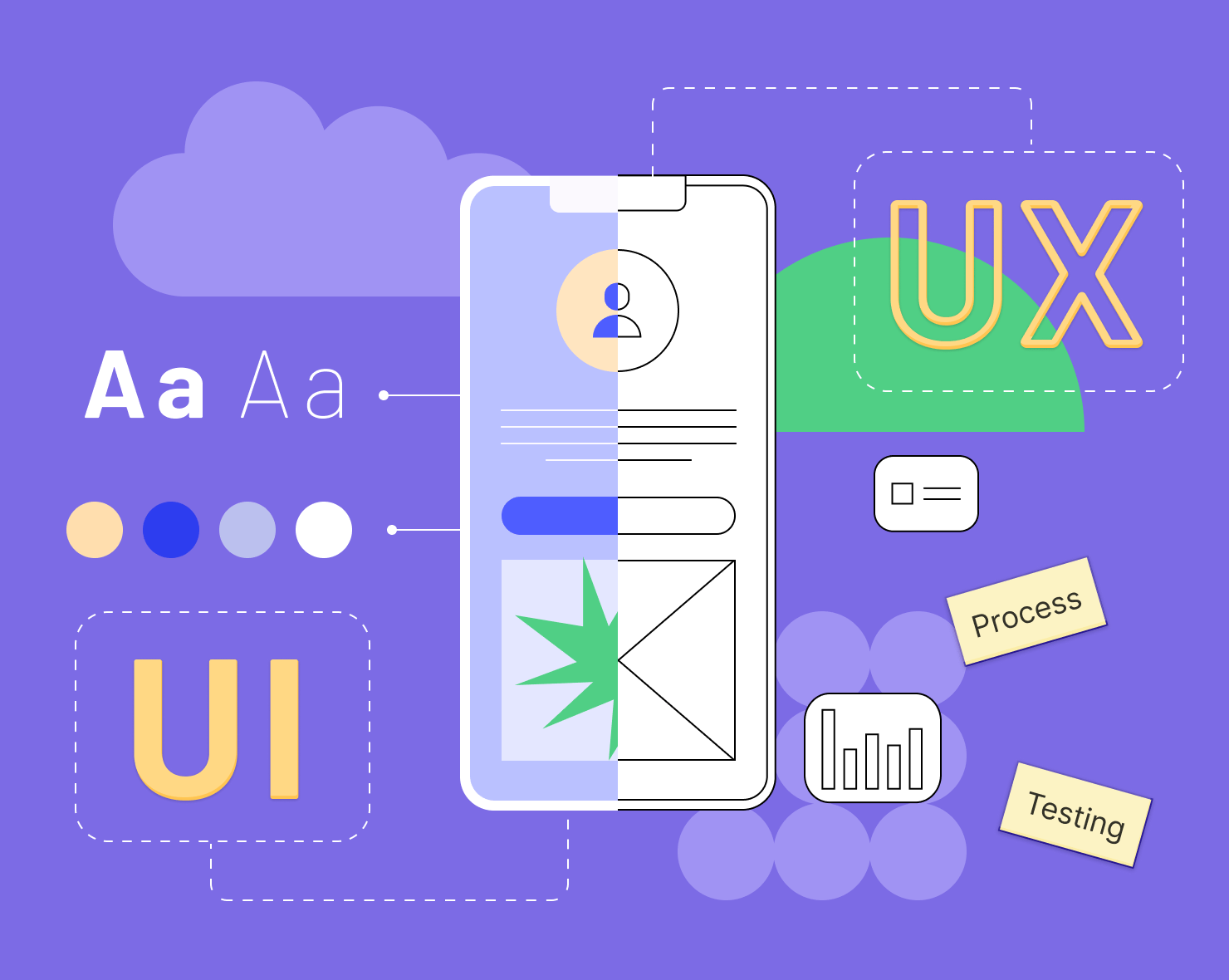Blitz News Digest
Stay updated with the latest trends and insights.
Designing Delight: The Secret Sauce for User Engagement
Unlock the secret to user engagement! Discover expert tips in Designing Delight to captivate your audience and boost your blog's impact.
5 Key Principles of Designing Delightful User Experiences
Creating delightful user experiences hinges on understanding the key principles that drive effective design. First, focus on empathy; putting yourself in the users' shoes allows you to grasp their needs and frustrations. This can be manifested through the development of user personas and customer journey maps. Second, prioritize simplicity. A cluttered interface can overwhelm users, so aim for clean designs that facilitate easy navigation and quick access to information. Ensuring that your layout follows a logical flow will not only enhance usability but also make interactions more enjoyable.
Third, consistently incorporate feedback into your design process. Gathering insights from users through surveys and usability tests can help identify pain points and areas for improvement. Fourth, foster accessibility by ensuring your design accommodates users with different needs and abilities. This could involve using appropriate color contrasts, alternative text for images, and keyboard navigation support. Finally, instill a touch of delight through micro-interactions and animations that surprise users in a positive manner. When executed well, these elements can elevate a mundane task into an engaging experience, making users feel valued and appreciated.

How to Use Emotion-Driven Design to Enhance User Engagement
Emotion-driven design is a powerful approach that leverages emotional responses to create a more engaging user experience. To effectively utilize this design strategy, it’s essential to understand your audience's feelings and motivations. Start by conducting user research to gather insights into what resonates with your target demographic. Use this data to create personas that embody your users' emotions, tailoring your design elements to evoke feelings such as joy, trust, or nostalgia. Elements like color schemes, typography, and imagery can dramatically impact emotional responses, so choose them thoughtfully.
Once you’ve established a foundation of emotional understanding, focus on incorporating interactive elements that foster engagement. Features such as animated transitions, personalized content, and micro-interactions can help users feel more connected to your site. Emotion-driven design encourages users to interact more deeply with the content, leading to increased time spent on the site and a higher likelihood of conversion. Additionally, don’t forget to include clear calls-to-action that resonate emotionally, guiding users towards their desired outcomes while reinforcing the emotional narrative you've built.
What Makes Users Stay? Unpacking the Psychology of Engagement
Understanding what makes users stay on a website involves delving into the psychology of engagement. One critical factor is the emotional connection users feel towards the content and design of the site. When a website resonates with visitors on a personal level—whether through relatable stories, engaging visuals, or an intuitive user interface—they are more likely to explore further. Elements such as consistent branding, compelling narratives, and interactive features enhance user experience, making them feel valued and understood.
Another essential component influencing user retention is the value proposition a website offers. Users tend to stay longer when they perceive that they are gaining knowledge or entertainment that is useful or enjoyable. This can be achieved through high-quality content, easily navigable layouts, and timely updates that keep users coming back for more. Implementing strategies like personalized recommendations and tailored content also cater to user preferences, significantly boosting engagement and loyalty.